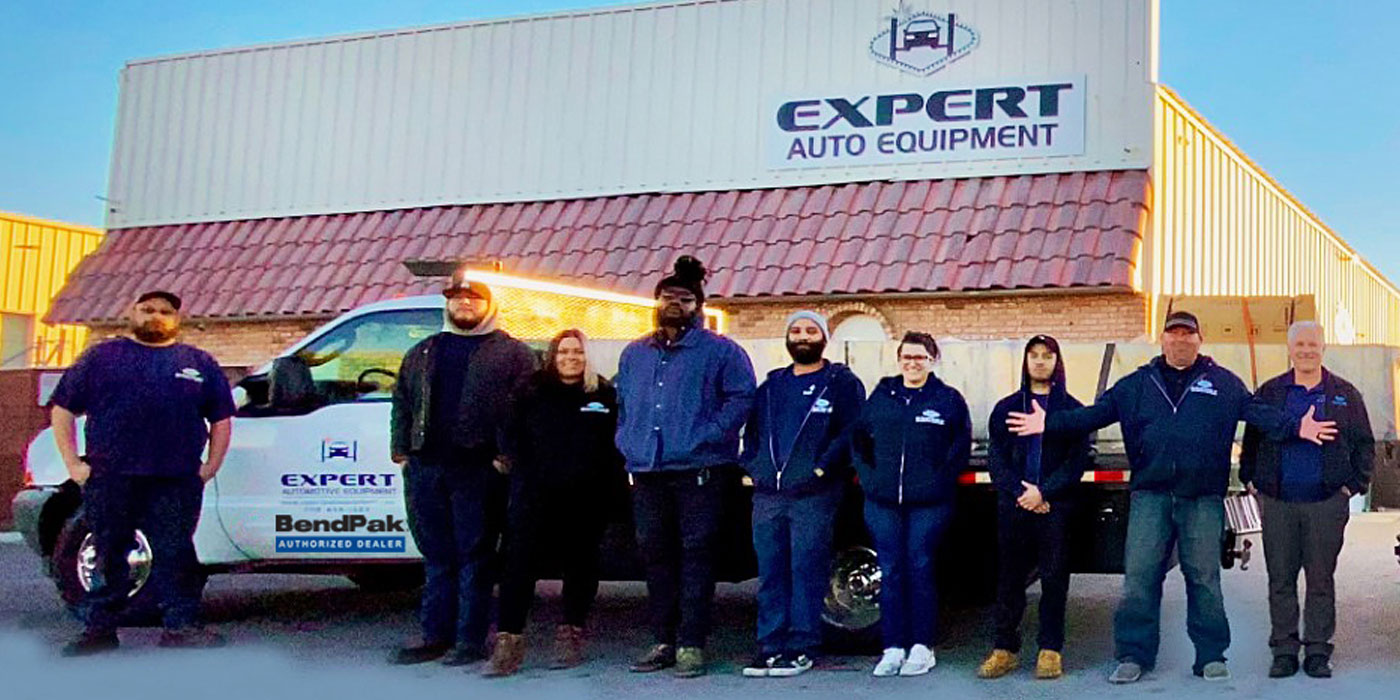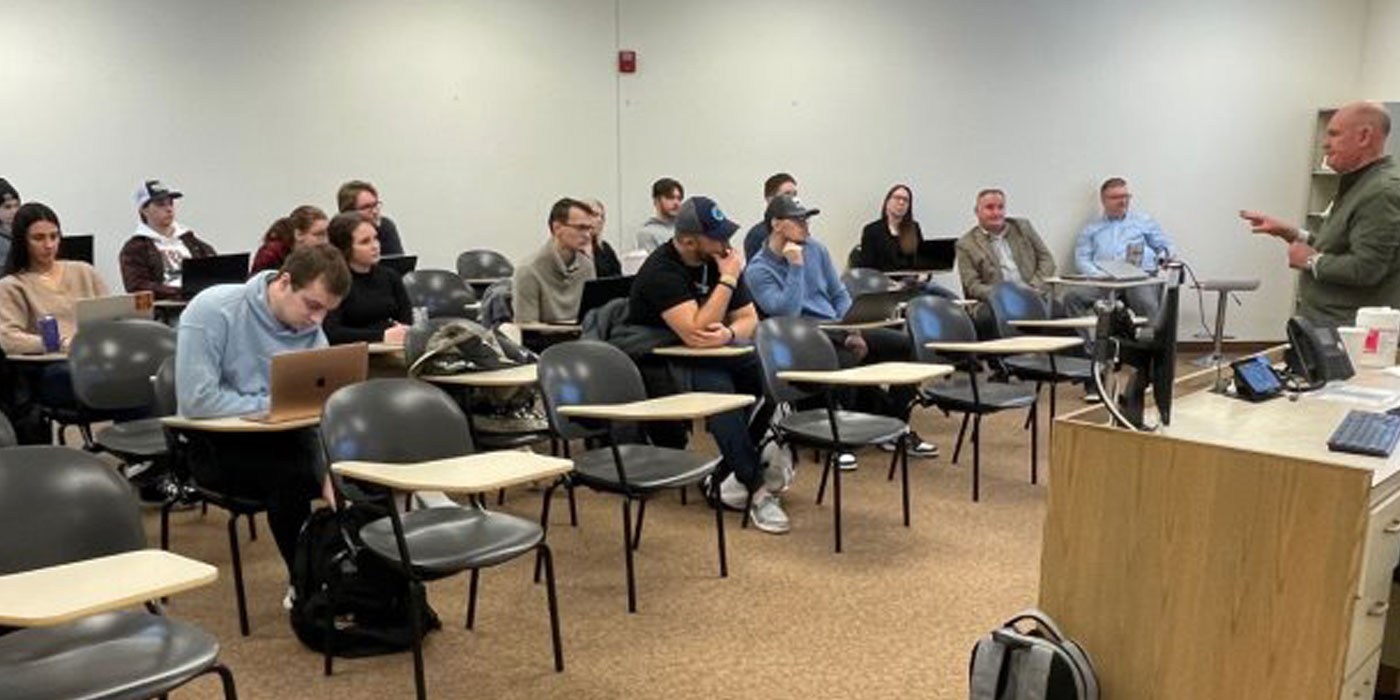Although automotive technical training has become an integral part of the independent automotive service industry, the dilemma of making training accessible to those who need it the most continues. The reasons for not getting the right training to the right people at the right time are many, beginning with the perception that automotive technical training is a generic, universally applicable commodity, which it is not. Training is most often delivered in at least three levels and through at least six different venues. Let’s begin by defining the differences between basic, update and advanced training.
BASIC, UPDATE AND ADVANCED
Training is a complex brew of needs and availability. For our purposes, I’ve chosen to separate various types of training into basic, update and advanced categories. To illustrate, basic training usually takes place in a formal setting, such as a trade or vocational school. The training must be organized in a sequential and ascending order of difficulty. For example, the student must learn about basic engines and combustion principles before he learns how to perform an exhaust emissions test.
Currently, formal technical education provided by a local trade or vocational school is categorized under “Career Technical Education” or “CTE.” CTE advances a student through the very basics of technical education including shop safety procedures, basic tool use, shop maintenance, mechanical operating principles and repair skills. After graduation, the student is presumably prepared for an “entry-level” position in a commercial auto repair shop, which could be defined as the student possessing enough basic knowledge to be “trainable” in a live work situation.
After a technician learns his trade through on-the-job experience, he still needs to be updated in the latest technology, tooling and repair procedures. This update training might be in heating, air conditioning, and ventilation (HVAC), brakes, engine diagnostics, steering and suspension, or other product-specific areas of automotive repair.
Update training doesn’t need to be taught sequentially or in an ascending order of difficulty because the student/technician is generally familiar with the systems involved. In most cases, local jobbers and warehouse distributors are the best equipped to deliver short, one-night or single-day product or technical update seminars.
Advanced training is the most difficult type of training to deliver because it requires pre-requisite skills and knowledge. Advanced training generally assumes the technician is an ASE Certified Master Automobile Technician (CMAT) or an equivalent such as dealership certification and might also assume he has passed the ASE L-1 Advanced Engine Performance test.
Prerequisite knowledge is needed for advanced training because the technician must be intimately familiar with the tools, techniques and language of the trade. If, for example, a technician is studying advanced emissions system diagnostics, he must have first mastered the use of exhaust analyzers, lab scopes and scan tools. In most cases, truly advanced training is aimed at technicians whose background includes many hours of training and technical experience.
TRAINING VENUES
Distribution is perhaps the most critical aspect of providing technical training. One venue is the traditional high-school (secondary) and post-secondary adult vocational education program that requires a minimum of 50 to 100 full-time equivalency (FTE) students to support the program cost. Adult-level programs generally last two years and require a few general academic courses like college algebra and written communications. The program also must be able to place the majority of its students on jobs.
A second training venue is the proprietary school that trains adult or post-secondary students. These programs generally last nine months due to a more intensive training schedule and are more expensive than public programs. The quality of formal training provided at either venue depends largely upon the individual school and the support it receives from the automotive manufacturing, parts, and service industry.
A third venue is the major parts distributors that offer training to working in-field technicians who wish to upgrade their technical skills. Most of these classes require substantial fees and at least 20 enrollments to pay for the cost of curriculum development, transportation and instruction. Because these courses are sequential and based on an ascending order of difficulty, they often require an on-going time and financial commitment from the technician and his employer.
A fourth and most common venue is the local jobber or warehouse distributor that offers continuous product update training. Most training in the jobber/warehouse venue is done in one or two-nights per week. In general, a minimum of 20 students is needed to reach a break-even point for jobbers or warehouse distributors providing this type of training. The cost of update training varies widely, with some seminars being offered free while others require a substantial fee. Because many sparsely populated areas simply can’t produce the required minimum attendance, most of these programs are offered in metro-area settings.
The fifth venue is advanced training offered by independent trainers and companies who teach in specialized areas like diesel and gasoline engine management diagnostics.
The economics of advanced training generally requires 50 to 100 attendees. Because the technical thresholds are high and the demand is very narrowly based, most of these classes are offered via mailing lists, trade associations, and Internet sources. These classes generally cost more because curriculum development and presentation costs are high. Most advanced training requires at least two full days of a technician’s free time. For example, our state automotive teacher’s society recently offered a six-day, hybrid vehicle class scheduled for multiple weekends. The cost was $495, which included lunch and break refreshments. This class typically represents the advanced training classes now required to address modern vehicle technology.
The last of our training venues must include companies that offer training videos. In many cases, this training is application-specific and is meant to augment basic training. The most important aspect of training videos is that it can be repeated until the student has mastered the material.
INDUSTRY RESPONSIBILITY
The true dilemma we have in aftermarket training is that, due to lack of an industry standard, any person can buy a tool box and call himself an automotive technician. This lack of entry or threshold standards has diluted our training mission because any update seminar is necessarily forced to address a wide range of knowledge and skills. In these cases, the class will be over the heads of some and quite boring to others. And, because many auto technicians come from non-academic backgrounds, many don’t have the intellectual curiosity and learning skills needed to stay abreast of current vehicle technology.
With that said, it would behoove the independent automotive service industry to implement threshold standards and perhaps establish a formal apprenticeship program for those entering the automotive service trades. Speaking as one of many who have long labored to achieve these goals, let me say that the training issue is complex, to say the least. Long story short, too many employers are content to hire employees trained by other shops. This “Let George Do It” attitude has made the implementation and delivery of aftermarket training more complex and less effective than it should be.
WHAT YOU CAN DO
It’s important for any jobber to recognize that better trained technicians and shop owners make better customers. Product update training is the least expensive and the most effective way to make technicians and shop owners into better customers.
But to do that, it’s important to remember that any training must provide a tangible benefit. Excessive promotional activity simply turns off any technician spending his valuable time attending your clinic or seminar. While product identification and product benefits are part of any product-sponsored clinic, promotional dialogue should be kept to a minimum.
Instead, a trainer should begin with the basics and finish with the advanced aspects of using the product. For example, it’s important for technicians to understand battery failure patterns and how to recharge and test modern batteries. Most will be surprised to know that, with the introduction of Absorbed Glass Mat (AGM) and gel-type batteries, modern battery testing and charging requirements have dramatically changed. Technical complexity also affects everyday replacement parts like brake friction, ride control, engine electronics and body control electronics. Without constant training at the jobber level, many shops will find themselves lost in the future world of technology.










